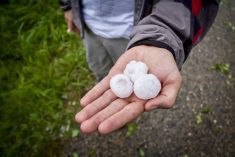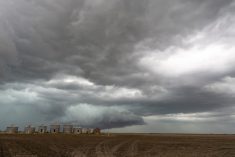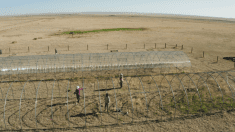A U.S. government weather forecaster expects an about 60 per cent chance of the La Niña weather pattern characterized by unusually cold temperatures in the Pacific Ocean emerging in the second half of 2024.
There is an 85 per cent chance that a transition from El Niño to ENSO-neutral is likely to occur by April-June, National Weather Service’s Climate Prediction Center (CPC) said in a monthly forecast on Thursday.
“The end of El Nino would take away the vertical wind shear that tends to reduce the number of storms in the Atlantic basin. Further, warm ocean temperatures should facilitate the formation of stronger storms,” Citi Research said in a note.
Read Also

China to buy 12 million metric tons of soybeans this season, Bessent says
U.S. Treasury Secretary Scott Bessent said on Thursday that China has agreed to buy 12 million metric tons of American soybeans during the current season through January and has committed to buying 25 million tons annually for the next three years as part of a larger trade agreement with Beijing.
India is expected to see a normal monsoon in 2024, private weather forecasting agency Skymet said, promising some respite after a prediction of more-than-normal heat wave days in the summer preceding the June-September rainy season.
“We are anticipating seasonal to slightly above normal rains for the Midwest, Delta, and central and northern Plains in the U.S., which should result in higher corn and soybean production,” said Donald Keeney, senior agricultural meteorologist at Maxar.
Southern Africa is reeling from its worst drought in years, owing to a combination of naturally occurring El Niño – when an abnormal warming of the waters in the eastern Pacific radiates heat into the air leading to hotter weather across the world – and higher average temperatures produced by greenhouse gas emissions.
Meanwhile, Japan’s weather bureau said on Monday there was an eight per cent chance of the El Nino phenomenon ending during the northern hemisphere spring.
—Reporting for Reuters by Daksh Grover in Bengaluru
















